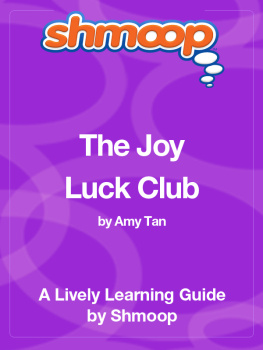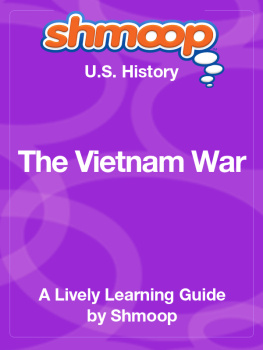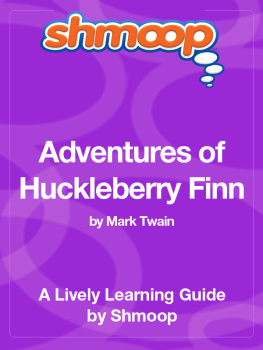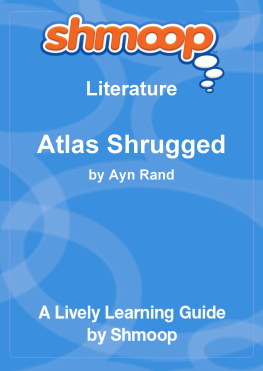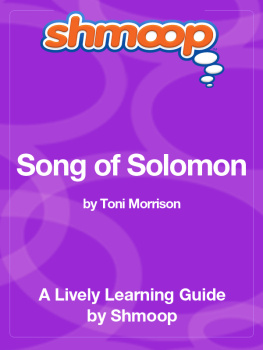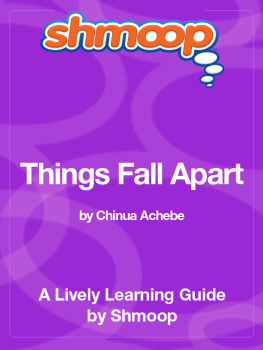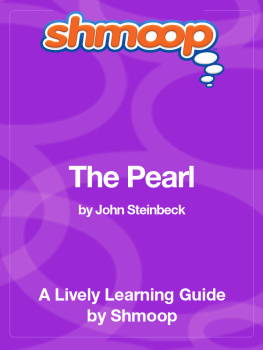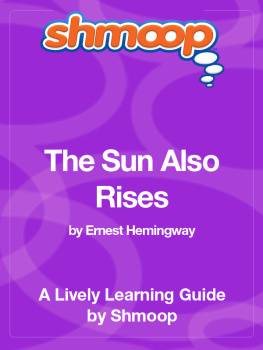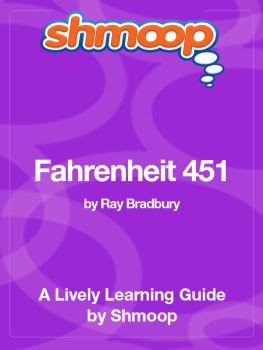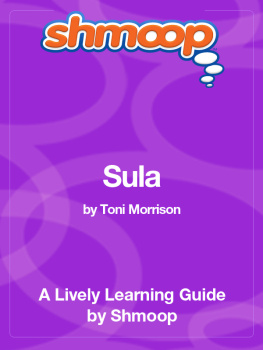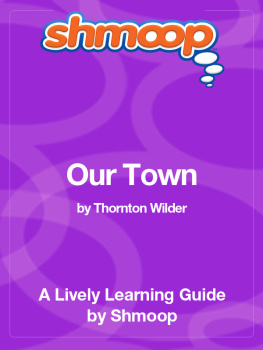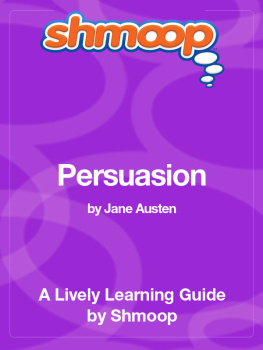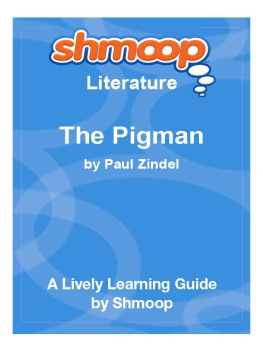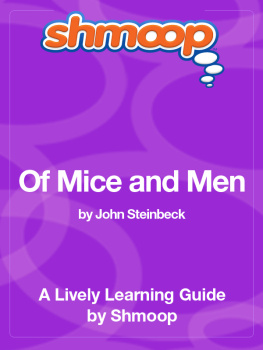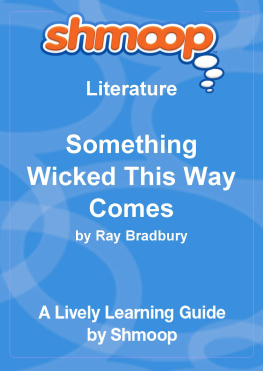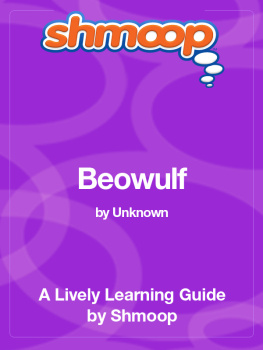
Table of Contents
In a Nutshell/Overview
Partly inspired by Amy Tan's own relationship to her mother, The Joy Luck Club, Tan's debut novel, was published in 1989. It tells the stories of four immigrant women from China - their hopes, fears, and tragic pasts - as well as the stories of their four American-born daughters. This mother-daughter story encompasses numerous universal themes, such as family, hope, love, sacrifice, strength, and wishes for a better life.
Why Should I Care?
What does a story that so beautifully treats the Chinese-American experience have to do with you? Answer the following questions to find out:
- Have you been, or will you ever be, a confused teenager?
- Do you have a mother? Do you totally not understand her, ever? Do you love her? Do you sometimes hate her?
- Do you have dreams? Wishes? Desires?
- Do you feel like you're always falling short of your parents' expectations?
- Do you feel like you know what's wrong in your life but you just can't fix it?
If you answered "yes" to any one of the above questions, you've got everything in common with the women of
The Joy Luck Club. Amy Tan basically took a ton of universal themes, zoomed in on the lives of several Chinese-American women, and then presented the result to us as a nice book. At its heart of hearts,
The Joy Luck Club is about understanding the people who have an interest in our lives - the people who changed our diapers, made sure we ate our vegetables, drove us to school - in short, our parents. It's about realizing that our parents are real people, with their own hopes, dreams, histories, weaknesses, and triumphs.
If you're still doubtful that you're going to see any part of your own life reflected in
The Joy Luck Club, you might want to read it just because it's a good story. Off the top of our head,
The Joy Luck Club has: extra-marital love affairs, food, laughter, blood and gore, war, faith and fate, twins, chess, superstition, abandoned children, elopement, and much, much more. It's drama, it's people. It's stuff that could compete with Desperate Housewives any day of the week.
Whats Up With the Title?
The Joy Luck Club is a weekly gathering of four women - one to fill each corner of a mah jong table - who gather to play mah jong, eat good food, and gossip. It was started by Suyuan Woo in Kweilin during the Second Sino-Japanese War as a means of keeping her and her friends' spirits up amid the tragedy that surrounded them. The second version of the Joy Luck Club started after Suyuan immigrated to San Francisco; the other three members, also Chinese immigrants, are An-mei Hsu, Lindo Jong, and Ying-ying St. Clair. Each of the women have a daughter: Jing-mei (also known as June), Rose, Waverly, and Lena, respectively. The novel is told from eight separate viewpoints, as each woman gets two chapters to tell her own unique story (with the exception of Suyuan, who is dead at the start of the novel - her daughter Jing-mei narrates). There are thus sixteen chapters.
Writing Style
Coming soon!
Tone
Serious, Heavily Allegorical
Tan uses a lot of implausible stories to make her point - like the duck that stretched its neck and became a swan. These stories are told by the mothers to explain concepts to their daughters, but are to help the reader to understand the hopes and fears of the characters.
Each narrative voice is also deeply serious, like the narrator is convinced of the power of what she's saying. (Well, that would make sense. Read a diary and you'll see what we're talking about.) The topics that the narrators talk about are also not lighthearted because there is a lot at stake - daughters making the same mistakes their mothers made, feelings of resentment, feelings of inadequacy, etc. Especially in the stories that the mothers tell, the tone is very serious, because the mothers are conveying messages and lessons that they feel are essential for their daughters to learn in order to live happy lives, and make the mothers' sacrifices worthwhile.
Narrator Point of View
First person; third person (limited) in the prologues
The book is divided into four sections with four stories each. At the beginning of each section is a little parable told in third person. Each of the sixteen total stories, however, is told from a first-person point of view. We hear from eight women total (with the technical exception of Suyuan, who's dead in the "present day" of the book), meaning that each woman gets two chapters to tell her life story.
Why the heck does Amy Tan want to confuse us like this? We have theories. Like...maybe the prologues are told in third person to provide some cohesion to the four mother-daughter stories. Instead of cohesion, we could also have said...universality! The third person voice is much more disembodied and removed, in contrast the first person narration, which is has a much more immediate effect. We here at Shmoop sat back in our overstuffed armchairs and theorized that Tan gives us eight first person narratives because she wants us to really
feel for the mothers and the daughters. Another word for we could have used is...empathize! Tan wants us to understand where everyone is coming from so we're not biased.
Symbols, Imagery, Allegory
The Swan and the Swan Feather
So the woman bought a swan who used to be a duck - also known as "a creature that became more than what was hoped for." The swan gets pulled away by immigration officials, and the old lady is left only with a swan feather that she hopes to one day give to her daughter. What does this all mean? Well, we would argue that Tan is making a really strong case for the swan/swan feather to represent all the best wishes and hope for a better life in the new world. Obviously the woman has hopes for her daughter (for her worth not to be "measured by the loudness of her husband's belch" - yikes), but what the duck/swan represents is something greater than hope, something that exceeds the wildest imagination.
The Twenty-Six Malignant Gates
In the novel,
The Twenty-Six Malignant Gates is a Chinese book detailing all of the dangers that could befall a child. So the book symbolizes a mother's desire to protect her children against any and all dangers they face. The mother in the parable starting off Part II is worried that her daughter will fall while bike riding. Later, we learn that An-mei reads
The Twenty-Six Malignant Gates in hope of protecting her children from all possible hazards. But, by identifying the dangers, does it help a mother save her children, or does it make her paranoid, possibly bringing about the mother's worst fears?
This parable also points out that there are perils that children can't always see, so you have to trust their mother, as exemplified by the fact that
The Twenty-Six Malignant Gates is in Chinese, so the daughter can't read it.
Queen Mother of the Western Skies
The Queen Mother of the Western Skies appears in the parable that is the prologue to the fourth part of the novel. In this parable, a grandmother thinks that her baby granddaughter must be the Queen Mother of the Western Skies, a mother reincarnated many times over and therefore holding much wisdom about life. From the Queen Mother/baby granddaughter, the grandmother realizes that she has lived an aspect of her own life wrongly, and passed on that same false wisdom to her daughter. This shows that mothers aren't always right in what they teach their daughters. It also implies that wisdom can come from age and learning over your lifetime, but can also be found in youth.

